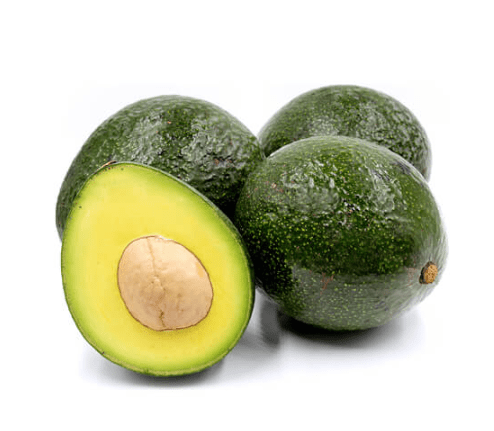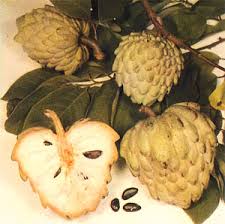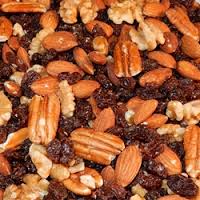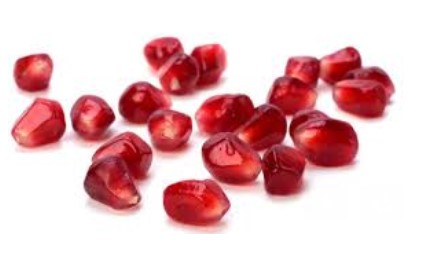In this newsletter we love presenting varieties that are Israeli innovations. We are indeed good at it, thanks to academic infrastructure and establishments such as the Volcani Institute. With their help, we've managed to acclimate tropical plants that have never grown here and develop local varieties that have gained recognition worldwide.
Avocado is an excellent example of this. Varieties like Ettinger, developed here, have become a renowned name. Which leads me to the next point – you may not have heard about it, but currently, the Volcani Institute, which has made Israel an agricultural powerhouse, has been shut down due budget cuts.
Hundreds of experiments and developments of new varieties are going to waste because the government doesn't see fit to fund the institute.
Due to this and given the circumstances, it seems we may not encounter heirs to Ettinger in the near future (and also, considering I've already reviewed it in the past). This time, I'll focus on an avocado variety not developed in Israel – the Reed variety.
The Reed may not be a true sabra, but it has acclimated excellently here. Alongside Hass and Ettinger, it's among the top three popular avocado varieties in Israel.

So where did Reed come from?
By now, you surely remember that avocados originate from Central America. In case you forgot, I'll remind you that the meaning of the name 'avocado' in the native language of the region, before the Spaniards arrived and claimed it, is ‘testicle’.
After dwelling on this intriguing detail, let's return to the Reed variety. It actually comes to us from the San Diego area in California, where it was developed based on ancestor varieties from Guatemala, in the 1960s.
The fact that this variety was developed in California, where the climate closely resembles that of Israel, is likely a critical factor in its successful adaptation here. We can assume that attempts to acclimate the original variety that came from a tropical country like Guatemala probably wouldn't have been as successful.
While the shapes of Hass and Ettinger are pear-like, Reed looks rounder and more spherical. It has a relatively thick peel that peels easily and a buttery and soft texture, making it particularly suitable for making dips like the famous guacamole.
In terms of flavor, Reed has a sort of nutty zest (similar to Hass) and is rich in all the good stuff found in avocados like proteins, vitamins, and fatty acids. By the way, relative to other varieties we mentioned, Reed has a low fat content, and the best part is that it doesn't compromise on taste.
For us Reed is a game-changer that significantly extends the avocado season, pushing it to the beginning of summer.
While Ettinger is harvested in October and November, and Hass reaches its peak in January and is around until March. Reed starts ripening in March, right now, and is expected to accompany us until May. So at least in the next couple of months, you can get used to it.









